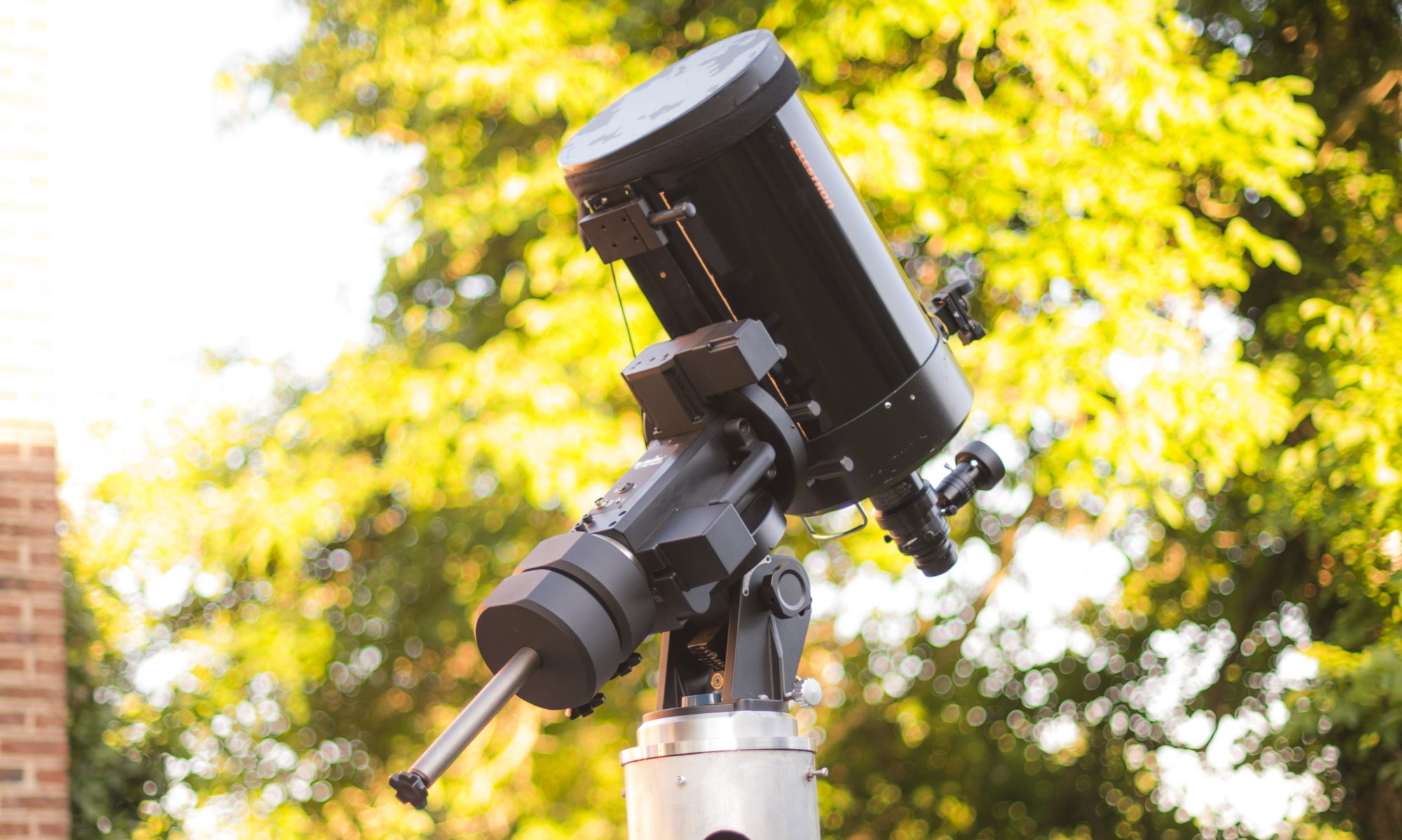I obtained this black/white camera in January 2019. The intended purpose is to match it with the Esprit 120mm F/7.
This camera has very small pixels (2,4 µm – compared to the ASI290MM 2.9µm) and a fairly large chip (15mm). The resolution is an impressive 5496 x 3672.
The sensitivity is high, allthough still comparable to e.g the ASI174MM.

What this camera does NOT have, is an autoguiding port. You cannot use it to autoguide “on-camera” with PHD2 for instance. The 290MM does have an autoguiding port. I use the ASI183 mainly for imaging and the 290MM mainly for autoguiding and planets.
Since the pixels are that small is is a good fit for telescopes with a smaller focal lenght, E.g. fast apochromatic refractor telescopes, or SCT in a F/2 configuration, including the Rowe-Ackermann Celestrons (One-Shot-Color is more suitable for these).
This camera allows a smaller telescope to behave as a larger telescope.
I mainly use it with the 120mm Esprit in an F/5 configuration.
| Esprit F7 or 840mm | 0.59″/pix | 54’x36′ FOV | |
| Esprit F5 or 663mm | 0.75″/pix | 68’x45′ FOV |
The resolution per pixel seem ridiculous, knowing that the average seeing will already be 2″ or 3″. Nevertheless it allows you to reduce the picture size after processing, while maintaining details. Also in good seeing conditions and taking lots of frames, stacking will push through the smaller details, comparable to planetary imagery. For planetary nebula, using very short shutter times like 1″, this effect increases.
After a few months of usage I did not see any issue popping up with the camera. It is a “PRO” version, which means in practice that some of the early problems were solved (eg. freezing up of the sensor, turning loose of the sensor protection glass etc)
One big thing is the Amp Glow. This is light coming from the electronics located next to the sensor itself. The amp glow in the ASI183MM is very typical. It is more present with higher gains and longer shutter times. Typically it becomes enoying approx. above a gain of 120 and with shutter times larger than 2 minutes. Astropixelprocessor removes this without any trace. It’s a matter of taking good darks.

Use for planetary and lunar photograhy
Since it has very small pixels, you could use it also for lunar and planetary photography. The USB3 connection will work just fine when the sensor is used with a limiting resolution, e.g. 480×640 or not far above. This means planetary is still rather feasible.
When using the full resolution, the SDD hard disk just can’t follow the massive amount of data being written, and the buffers are getting saturated real quickly. After that the frame rate drops like a stone from 150/160 fps to 7 or 8 fps. So for a short burst of frames the full resolution can be used. This means that lunar or solar @ full resolution is not really feasible. Allthough, when seeing is average, you will find as much detail in one short burst of 20 or 30 frames at full resolution, stacked, as in a larger stack coming from eg an ASI290mm

The Moon fits right into the sensor surface of the ASI183mm Pro, using an Esprit120mm F/7 with flattener. Two minutes frames at full resolution. Looks like a full disk does not fit in!
Just to compare this is a smaller region with ROI (Region of Interest) 1024×768 with a much higher framerate (also 2 minutes of frames at a much higher framerate).Should be better? or is it?


A this is an example of how much detail, how deep you can go with a pretty modest refractor:

Power requirements
When cooling down to -20°C or even lower, when the cooler is working at max, the current does not go above 2 amps. When colling at max, -20 °C can be reached within 5 to 10 minutes depending on ambient temperature. I did not encounter ANY problems with icing, freezing over the chip.

